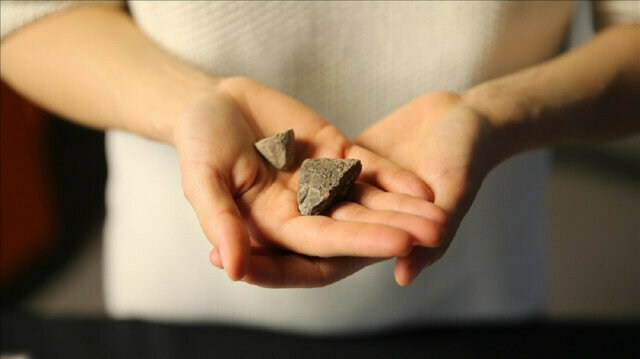Hittite Prince’s Seal and Cuneiform Tablet Uncovered in Turkey
A 3,250-year-old seal belonging to a Hittite prince and an ancient cuneiform tablet dating back 3,400 years were discovered in Turkey’s southern Hatay province.

The excavations in Accana Hoyuk of the Reyhanli district in Hatay on behalf of the Culture and Tourism Ministry with the support of the Turkish Historical Society, have been underway for six months.
Speaking to Anadolu Agency, Murat Akar, the head of the excavation team and Mustafa Kemal University’s Protohistory and Near East Archeology Department chair, said they have had some “thrilling” findings.
An ancient tablet they have unearthed has Akkadian cuneiform texts, Akar noted, saying: “The tablet, around 3,400 years old, and the accompanying cylinder seals give us information about the administration and administrative practices of the region, especially during a period when the region was under the rule of the Mitanni Empire.”
He said they had found a 3,250-year-old seal during the latest excavation, adding that the item is one of the most important discoveries of this year, helping us understand “what happened during the period after the region came under the Hittite control” as well as “define its administrative and political dynamics.”
Akar further noted that the findings provide information about the administrative and archival practices in the Alalakh ancient city, the capital of the Mukish Kingdom in the Middle and Late Bronze Age.
“The written documents we found are extremely exciting,” he said.
The impressions on the cylinder seals show the existence of a ruling class in the region, Akar said, adding: “This last one, with Luwian hieroglyphic inscription on it, gives us the name of a Hittite prince whose name is not included in other written documents in Alalakh and appears for the first time.”
He did not reveal the name of the Hittite prince but said a Hittitology academic at Istanbul University Faculty of Letters, Hasan Peker, will share the name of the prince with the scientific community once the research is completed.





